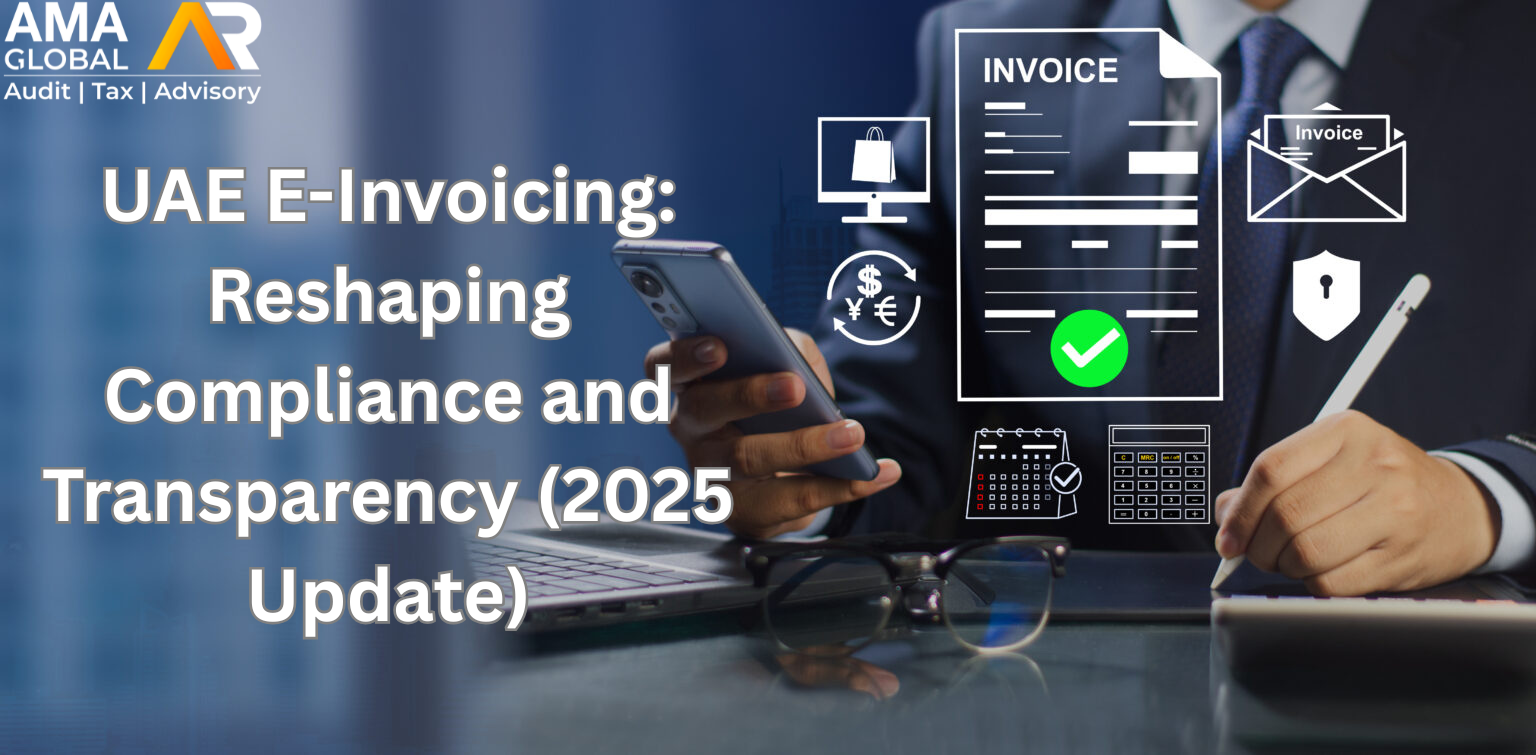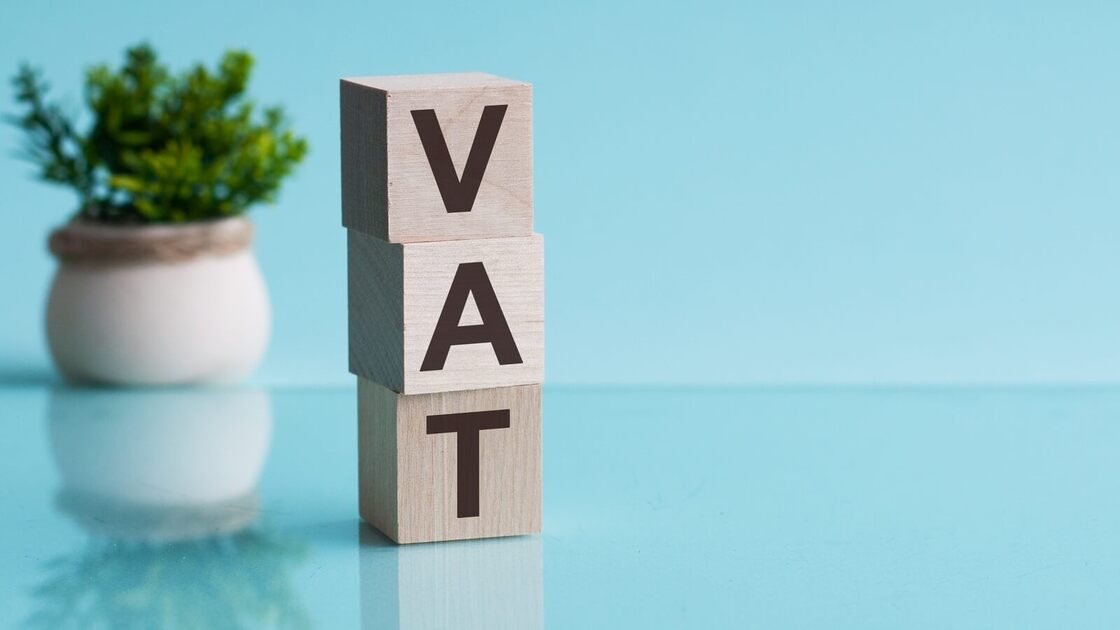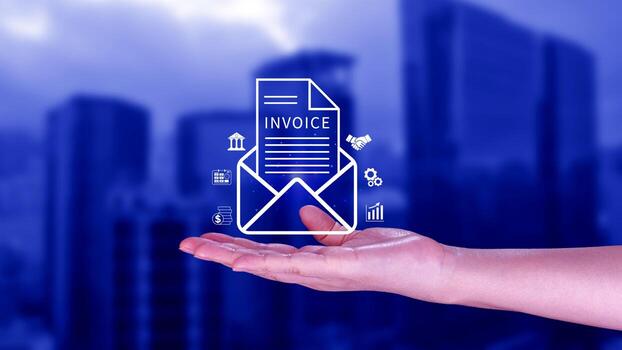
As the UAE accelerates its journey toward a fully digital economy, UAE E-Invoicing stands as one of the most transformative initiatives in its fiscal landscape. Backed by the Federal Tax Authority (FTA) and aligned with international standards like Peppol, the framework is redefining how businesses, suppliers, and public institutions exchange and report transaction data.
More than a technical upgrade, the move toward E-Invoicing and Beyond reflects the nation’s strategic goal: ensuring transparency, closing the VAT gap, and enabling seamless compliance through real-time, structured, and secure digital invoicing.
E-Invoicing and Beyond: Understanding the Foundation
The term E-invoicing has gained traction across global markets, yet its meaning varies depending on geography, regulation, and purpose. Within the UAE and the broader Middle East, E-invoicing refers to the electronic creation, transmission, and storage of invoices between businesses and government entities (B2B and B2G) under tax-compliant standards.
Definition of E-Invoicing
E-invoicing signifies the digital exchange of invoice data directly between a supplier and a purchaser. This process eliminates paper-based workflows and facilitates real-time validation and reporting.
In European Union (EU) legislation, e-invoicing includes the electronic issuance and receipt of VAT-compliant invoices, which must be archived in their original digital form. Structured data formats — not PDFs — are recognized as true e-invoices under EU directives.
In the United States, “e-invoice” applies primarily to B2B transactions, whereas “e-bill” refers to consumer (B2C) billing. Meanwhile, in Latin America, “e-factura” or “e-boleta” represents invoices digitally transmitted to tax authorities for pre-validation — a model that inspired the UAE’s approach.
Across Asia, definitions vary: countries like Singapore follow Western standards, while India, Indonesia, and China link e-invoicing directly to VAT registration systems.
The UAE’s model, evolving under Ministerial Decisions No. 243, 244, and 64 of 2025, aligns with global best practices and aims to standardize structured data formats across both B2B and B2G mandates — ensuring interoperability and security.
E-Billing vs E-Invoicing: Clarifying the Terms
While e-invoicing dominates business and government exchanges, e-billing caters to consumer (B2C) and G2C transactions.
Many organizations use both terms interchangeably. However, from a technical standpoint:
- E-invoicing = B2B and B2G data exchange (tax-compliant and structured).
- E-billing = B2C data exchange (simplified digital bills for consumers).
In the UAE E-Invoicing framework, this distinction becomes critical as only structured, tax-validated invoices qualify for compliance under the FTA’s accreditation framework.
E-Invoicing vs E-Reporting: Two Sides of the Same Coin
While both concepts rely on digital transaction data, E-invoicing and E-reporting serve distinct purposes.
E-Invoicing
E-invoicing refers to the exchange of the complete electronic invoice between supplier and buyer — representing the original legal invoice for tax purposes.
In practice:
- The supplier generates an invoice within its ERP system.
- The document is transmitted to the buyer (and to tax authorities, if required).
- The invoice data is validated in real time, often by an Accredited Service Provider (ASP).
In some jurisdictions, suppliers must obtain a unique invoice number (folio) or validation code from tax authorities before goods dispatch, ensuring real-time auditability.
E-Reporting
E-reporting, by contrast, involves sending transaction summaries, extracts, or audit files to tax authorities for compliance purposes.
For example:
- Only the supplier might hold the electronic invoice, while the buyer receives a paper copy.
- Alternatively, both parties may share invoice extracts electronically for tax audits.
- Some countries require Standard Audit File for Tax (SAF-T) submissions summarizing all fiscal data.
In the UAE, E-invoicing and E-reporting coexist — ensuring that businesses can transmit real invoices while the FTA gains structured data for continuous monitoring.
How Tax Authorities Drive Integrated Digital Trade
The digital transformation of tax compliance is primarily driven by tax authorities worldwide, aiming to combat tax evasion through comprehensive data integration.
The Role of Big Data in Modern Tax Governance
Under the Continuous Transaction Control (CTC) paradigm, invoices serve as central data points in real-time tax ecosystems.
Tax authorities now utilize Big Data analytics, e-auditing, and data forensics to detect irregularities before they escalate. Instead of waiting for post-audit reports, they analyze invoice flows in real time — increasing transparency and reducing evasion.
The UAE’s Approach
In the UAE, this approach aligns perfectly with national digitalization goals. The FTA’s E-Invoicing and E-Reporting system captures structured data at each transaction stage, ensuring compliance while empowering policymakers with data-driven insights.
This shift reflects a broader global trend toward proactive tax administration — where governments not only collect taxes but also monitor, prevent, and predict anomalies through digital governance.
Tax-Driven Continuous Transaction Control Models (CTC)
The VAT Gap: Catalyst for Digital Transformation
Globally, the VAT or Sales Tax Gap — the difference between expected tax revenue and actual collections — has long been a challenge.
Governments have recognized that traditional post-audit methods are insufficient. As a result, they are adopting real-time Continuous Transaction Control (CTC) models to close the gap and strengthen compliance.
In the UAE, CTC will underpin the E-Invoicing 2025 programme, where each transaction generates structured data that is shared with the FTA in near real time.
From Post-Audit to Real-Time Controls
Previously, tax audits were conducted years after transactions occurred, increasing risks of errors or fraud. Under CTC:
- Invoices are validated, timestamped, and archived electronically.
- Businesses must report invoices before or immediately after issuance.
- Authorities receive standardized data instantly, enabling preventive compliance.
This model, pioneered in Latin America and rapidly spreading through Europe and Asia, ensures transparency, audit efficiency, and fiscal accuracy.
Benefits for Businesses and Governments
- For the UAE FTA: Greater visibility into national transaction flows.
- For businesses: Faster VAT reconciliations, reduced fraud risk, and simplified audits.
- For the economy: A more trusted, transparent trade ecosystem that enhances international investment confidence.
The Future: Standardization and Global Interoperability
The next evolution in E-invoicing is global standardization — where every invoice adheres to structured formats (such as Peppol BIS or PINT AE).
The UAE’s adoption of Peppol-based architecture ensures seamless interoperability with over 40 international jurisdictions, aligning it with Europe’s and Asia’s most advanced tax ecosystems.
By 2027, businesses operating in the UAE will experience real-time invoice validation, automated reconciliation, and FTA-integrated compliance — effectively making manual tax processes obsolete.
Key Takeaways for Businesses
To stay ahead of the curve, UAE-based organizations should:
- Map current invoicing workflows and identify gaps for digital readiness.
- Ensure ERP systems support Peppol and structured XML/UBL formats.
- Engage with Accredited Service Providers (ASPs) for compliant integration.
- Train finance teams on e-invoicing data validation, reporting, and archival standards.
- Monitor FTA updates on technical specifications and compliance deadlines.
Early adoption will not only secure compliance but also enhance efficiency and competitiveness in a rapidly digitalizing economy.
FAQs on UAE E-Invoicing and Digital Tax Transformation
1. What is E-Invoicing in the UAE?
E-Invoicing in the UAE refers to the electronic creation, transmission, and validation of invoices between businesses and government entities in structured digital formats as mandated by the Federal Tax Authority (FTA).
2. What’s the difference between E-Invoicing and E-Reporting?
E-Invoicing involves the exchange of full invoice data between trading partners, while E-Reporting sends summaries or extracts of invoices to tax authorities for compliance monitoring.
3. When will UAE E-Invoicing become mandatory?
The UAE’s E-Invoicing framework rollout begins in 2026 with a pilot phase, followed by phased implementation across businesses and government entities by 2027.
4. How does the CTC model affect UAE businesses?
The Continuous Transaction Control (CTC) model requires businesses to submit invoice data in real time, improving tax transparency, accuracy, and fraud detection.
5. Are SMEs required to comply immediately?
Small and medium-sized enterprises will be included in later phases of the UAE E-Invoicing program, allowing more time for system readiness.
6. What are the benefits of adopting E-Invoicing early?
Early adoption enables faster processing, error reduction, automated compliance, and better cash flow visibility.
7. Is E-Billing the same as E-Invoicing?
No. E-Billing applies mainly to B2C transactions, while E-Invoicing is used for B2B and B2G exchanges that are tax-compliant and auditable.
8. How can businesses prepare for E-Invoicing compliance in the UAE?
Companies should upgrade ERP systems, collaborate with Accredited Service Providers, and align their operations with FTA technical standards to ensure seamless compliance.
Conclusion
The transition to UAE E-Invoicing 2025 is not just about tax compliance — it’s about embracing digital trust, data transparency, and economic resilience.
By aligning with the Accredited Service Provider (ASP) framework, adopting Peppol standards, and leveraging Continuous Transaction Control (CTC) mechanisms, UAE businesses can future-proof their operations for a fully digital, globally integrated economy.
Early movers will benefit most — gaining operational efficiency, compliance confidence, and a competitive edge in an era where data-driven governance defines success.






